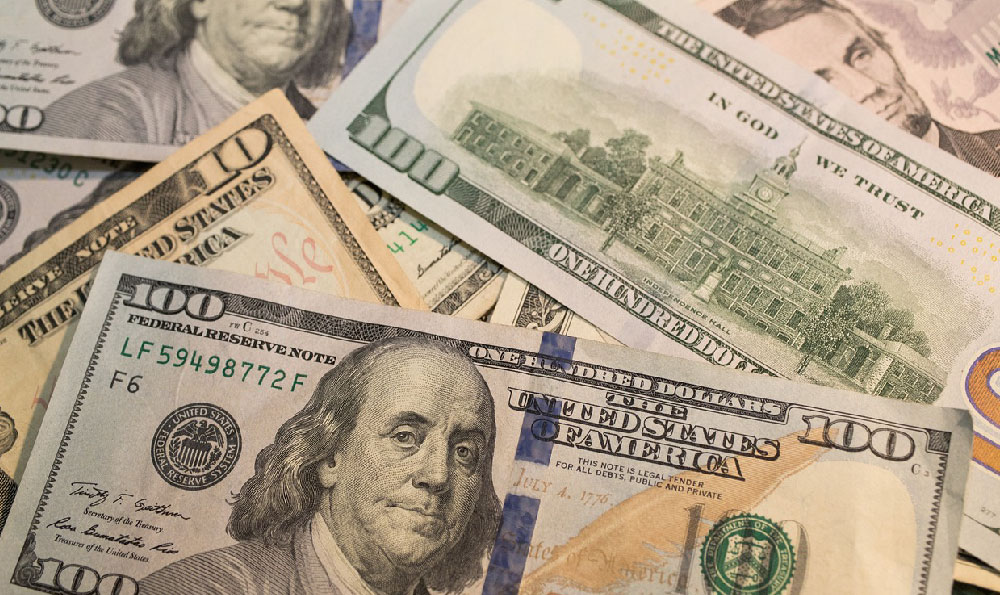Crafting a money lei is a thoughtful and creative way to gift money, especially for graduations, birthdays, weddings, or other significant milestones. Instead of simply handing over cash, a money lei transforms it into a beautiful and memorable keepsake. It requires patience, creativity, and attention to detail, but the resulting lei is far more meaningful than a check or a wad of bills.
The fundamental concept involves folding or rolling individual bills and attaching them to a lei string or ribbon. However, within this basic framework, there's a wide range of methods and materials you can utilize to create a truly unique and personalized money lei. Let's delve into some popular approaches and considerations for selecting the right materials.
One of the most common methods involves folding the bills into simple, fan-like shapes. To achieve this, you start by folding the bill in half lengthwise. Then, accordion-fold the bill along the width, creating a series of pleats. Securing the center with a small piece of tape or a staple is crucial to maintain the fan shape. This method is relatively easy and quick, making it ideal for beginners or for leis that require a large quantity of bills. The fan shape also allows for easy attachment to the lei string, providing a visually appealing texture.

Another popular technique involves rolling the bills into small cylinders. This method creates a more compact and uniform look. Start by smoothing out the bill and gently rolling it tightly, starting from one end. Once rolled, secure the cylinder with a small piece of tape or a rubber band. When attaching the rolled bills to the lei, consider alternating the direction of the rolls to create a more dynamic design. This method works particularly well when combined with other decorative elements, such as silk flowers or ribbons.
For those seeking a more intricate design, origami techniques can be employed. While this requires more time and skill, the results are stunning. Bills can be folded into butterflies, stars, or other intricate shapes, adding a touch of elegance and sophistication to the lei. Numerous online tutorials and videos demonstrate various money origami techniques, making it easier to learn and execute these complex folds. Remember to practice with scrap paper before attempting with actual currency to minimize the risk of damaging the bills.
Regardless of the folding method you choose, the way you attach the bills to the lei string is crucial for its overall appearance and durability. Avoid piercing the bills directly with needles or staples, as this can damage them and render them unusable. Instead, use clear tape or small rubber bands to secure the folded or rolled bills to the string.
Several options exist for the lei string itself. The most common are ribbon, yarn, and fishing line. Ribbon adds a touch of color and elegance, and comes in a wide variety of widths and materials, such as satin, grosgrain, or organza. Yarn provides a softer, more textured look and is available in countless colors and thicknesses. Fishing line is nearly invisible, creating the illusion that the money is floating. Choose a string material that complements the overall design and aesthetic you're aiming for.
In addition to the bills and string, other decorative elements can be incorporated to enhance the lei's visual appeal. Silk flowers, beads, small candies, and even graduation-themed charms can be added to create a personalized and festive lei. The possibilities are endless; let your creativity guide you.
When selecting bills, consider using crisp, new bills for a more polished and professional look. Wrinkled or damaged bills can detract from the overall aesthetic. While it's possible to iron money, it's a delicate process that should be done with extreme caution, using a low setting and a protective cloth. It's often easier to simply exchange old bills for new ones at a bank.
Before embarking on the project, it's helpful to plan the layout and design of the lei. Decide on the number of bills you'll use, the folding method, the string material, and any additional decorations. Sketching out a rough design can help you visualize the final product and ensure that all the elements work together harmoniously.
Creating a money lei can be a time-consuming process, especially for intricate designs. Be sure to allocate enough time and work in a comfortable and well-lit space. Put on some music or a podcast to make the process more enjoyable. It's also helpful to break the project into smaller tasks, such as folding all the bills first, then attaching them to the string.
Ultimately, the most important aspect of crafting a money lei is the thought and care you put into it. It's a tangible expression of your congratulations, support, and love. Whether you choose a simple or elaborate design, the recipient will appreciate the time and effort you invested in creating this unique and meaningful gift. The money itself is appreciated, but the presentation adds a layer of sentiment that elevates it beyond a simple monetary transaction. The lei becomes a cherished keepsake, a reminder of a special occasion and the thoughtfulness of the giver.












